Polesie
8.36
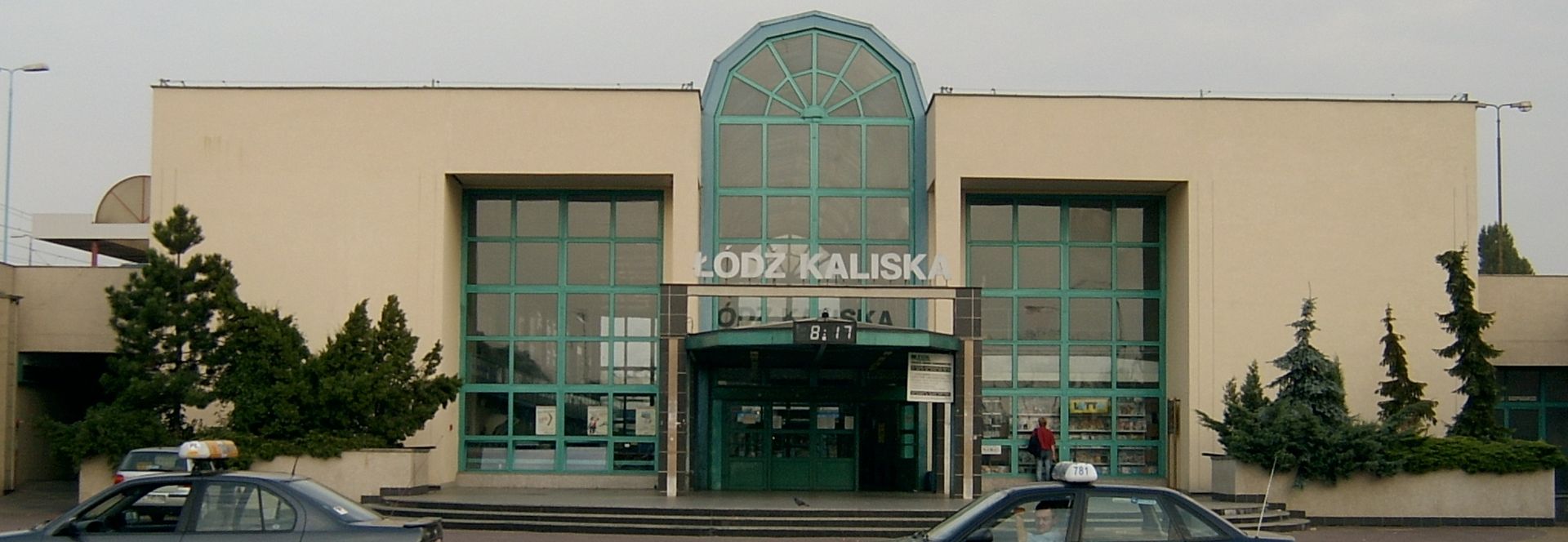
Overview
Polesie is a district of Łódź that, until December 31, 1992, was an independent administrative unit and is now part of the integrated urban municipality. Its history dates back to 1824, when the city's boundaries were first regulated. Initially, the area of Polesie was sparsely urbanized and surrounded by forests. As Łódź developed, especially in the 19th century, the area began to be intensively built up, and in 1953, Polesie was formally defined as a separate district.
Polesie is home to numerous historical monuments, including the Poznański Palaces, which now serve cultural functions, such as housing the Academy of Music and the Museum of Art. It is also worth noting that the district boasts beautiful villas, such as the Ryszard Schimmel Villa and the Oskar Ziegler Villa. Polesie is also rich in nature, with the Park na Zdrowiu, which covers 172 hectares and is home to a zoo, as well as the Polesie Konstantynowskie nature reserve. Rivers such as Bałutka, Jasień, and Karolewka, along with the Łódź Botanical Garden, add to the charm of the area.
Sports life also thrives in Polesie, with clubs such as Łódzki Klub Sportowy and Miejski Klub Tenisowy. Interestingly, the name Polesie began to be used after forests were cleared during World War I, leading to the development of new settlements, such as the Mirecki housing estate from the 1920s. Scouting in Polesie also has a rich history, and the first emblem of the local scout troop reflected the area's natural environment with the image of a horse chestnut leaf.
The Polesie district, with its history and architecture, has become a hub for diverse cultural and sports trends in Łódź, making it an interesting place to live and explore.
Location
Tickets
Powered by GetYourGuide
You can also find here:
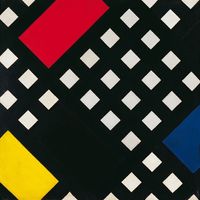
Łódź Museum of Art
8.11
Polesie, Lodz
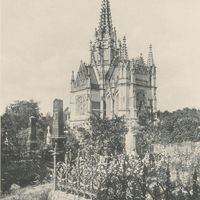
Scheibler Chapel
7.69
Polesie, Lodz

Old Polesie
7.46
Polesie, Lodz
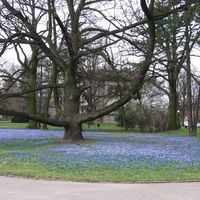
Bishop Michał Klepacz Park
7.39
Polesie, Lodz

Łódź Zoological Garden
7.14
Polesie, Lodz

DoubleTree by Hilton Hotel Łódź
6.82
Polesie, Lodz

Mikołaj Kopernik High School No. 1 in Łódź
6.78
Polesie, Lodz
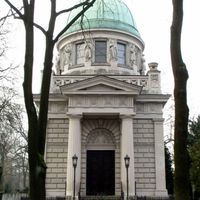
Heinzels' Chapel
6.77
Polesie, Lodz

University Clinical Hospital No. 2 named after the Medical University of Lodz – Central Veterans Hospital
6.71
Polesie, Lodz

Retkinia
6.67
Polesie, Lodz
2025 Wizytor | All Rights Reserved